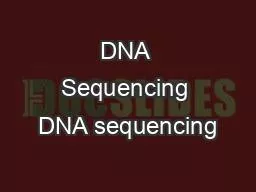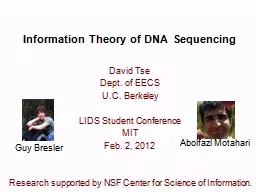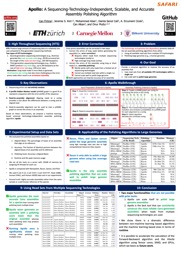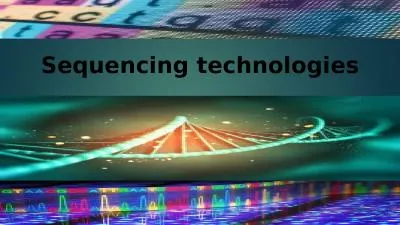PPT-GNUMap : Unbiased Probabilistic Mapping of Next-Generation Sequencing Reads
Author : madeline | Published Date : 2024-02-09
Nathan Clement Computational Sciences Laboratory Brigham Young University Provo Utah USA NextGeneration Sequencing Problem Statement Map nextgeneration sequence
Presentation Embed Code
Download Presentation
Download Presentation The PPT/PDF document "GNUMap : Unbiased Probabilistic Mappin..." is the property of its rightful owner. Permission is granted to download and print the materials on this website for personal, non-commercial use only, and to display it on your personal computer provided you do not modify the materials and that you retain all copyright notices contained in the materials. By downloading content from our website, you accept the terms of this agreement.
GNUMap : Unbiased Probabilistic Mapping of Next-Generation Sequencing Reads: Transcript
Download Rules Of Document
"GNUMap : Unbiased Probabilistic Mapping of Next-Generation Sequencing Reads"The content belongs to its owner. You may download and print it for personal use, without modification, and keep all copyright notices. By downloading, you agree to these terms.
Related Documents

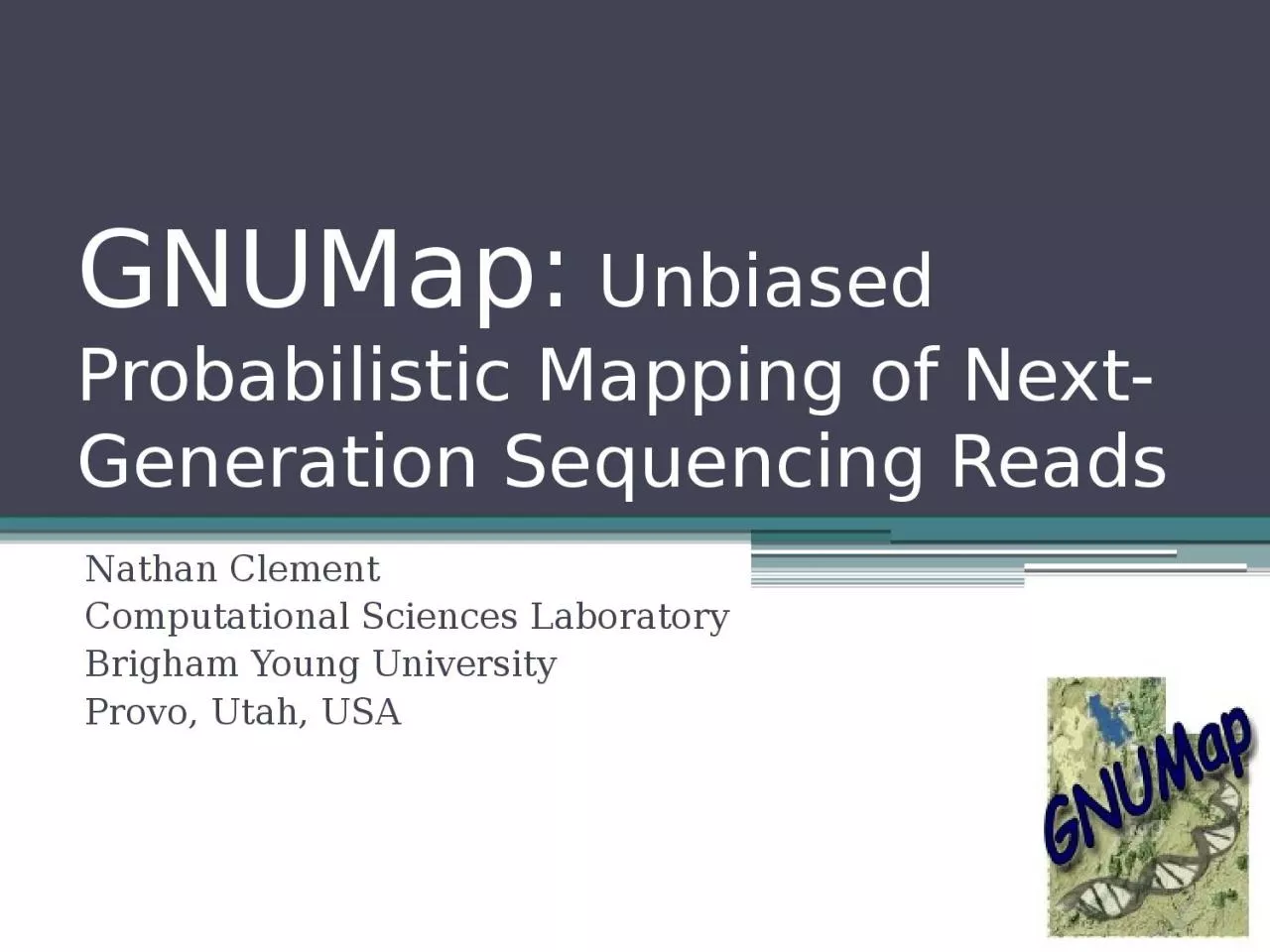
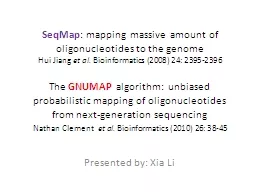
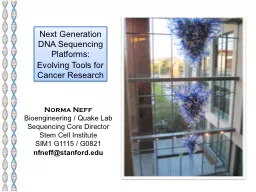
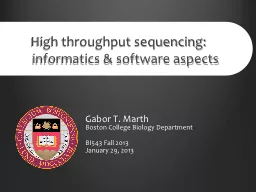
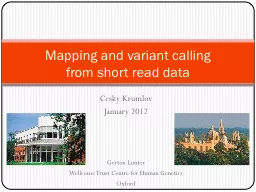
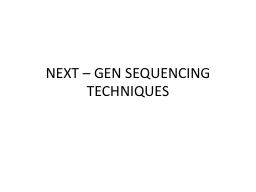

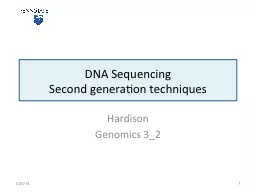
![NGS: Next-Generation [high throughput] Sequencing I: Background](https://thumbs.docslides.com/702160/ngs-next-generation-high-throughput-sequencing-i-background.jpg)
